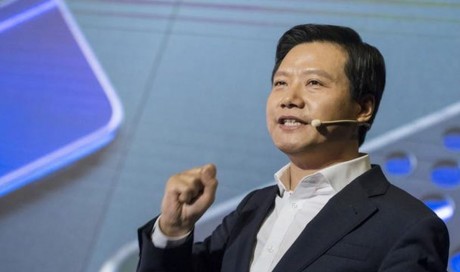Fake News Widens the Gulf
The crisis that set off the Gulf’s biggest confrontation in decades started with a series of random, seemingly unrelated events. And in vintage 2017 fashion, they involved fake news and the new American president, Donald J. Trump.
In March, a sulfurous dispute erupted over the fate of Alaa Alsiddiq, an Emirati dissident who has been living in Doha since 2013. After she published an article on Al Jazeera’s website about women’s rights in the Gulf, the Emiratis, who had canceled her passport, renewed longstanding demands that Tamim send her home.
The emir refused, telling one Western ambassador that he feared she could be tortured or killed. Emirati fury grew.
A second instance involved a huge ransom payment. In April, a private Qatari jet carrying $300 million landed in Iraq to free a party of 26 Qatari falcon hunters, including nine royals, who had been kidnapped by a pro-Iranian militia. Although who ultimately benefited remains shrouded in mystery, Tamim’s critics pointed to the episode as proof of his willingness to recklessly indulge extremists.
Jean Nouvel.
— Arquitectura Viva (@arquitect_viva) December 27, 2017
Museo Nacional de Catar en Doha. (En construcción)
Inspirado en las formas de los cristales de la rosa del desierto.@ateliersjnouvel #Qatar https://t.co/G7YKhiSC0Q pic.twitter.com/aKUcAWQ63S
It also offered a powerful talking point with the new American president.

Tamim with President Trump in May. Weeks later, Mr. Trump claimed credit for prompting the blockade.CreditStephen Crowley/The New York Times
Even before Mr. Trump landed in Saudi Arabia in May, on the first foreign trip of his presidency, he appeared to be firmly in the Saudi camp. For months, the Saudi and Emirati leadership had cultivated a close relationship with Jared Kushner, the president’s adviser and son-in-law.
Mr. Kushner, a foreign policy neophyte, absorbed the princes’ views on the region, including their hostility to Qatar, a senior State Department official said, describing the relationships as very close.
In Riyadh, Mr. Trump signaled his burgeoning relationship by posing alongside 81-year-old King Salman with their hands on a glowing orb — an image that was meant to project solidarity but which gave them the appearance of movie villains and inspired a rash of internet memes.
Mr. Trump also met with Tamim, and the Qatari leader thought it went well. But two days later, back in Doha, the emir was shaken from his sleep with disturbing news: Someone had hacked the state-run Qatar News Agency and posted on its website a report of the emir calling Iran a “superpower,” lauding Hamas and speculating that Mr. Trump might not last long in power.
The report was pure fiction, but Qatar’s neighbors pounced on it as the real thing. Within minutes, pundits at Emirati and Saudi television stations were expounding on the perfidy of Qatar and issuing heated denunciations. Tamim frantically called his ministers and had the article taken down.
Thinking the problem solved, he settled in to watch a big National Basketball Association game, the Golden State Warriors and the San Antonio Spurs. In fact, his troubles had just started.
Over the following weeks, Emirati and Saudi news outlets accelerated their attacks on Qatar, accusing it of threatening Gulf stability. Several conservative think tanks in Washington joined the chorus. Then on June 5, without warning, the four-country boycott crashed onto Qatar.
Mr. Trump was eager to take credit.
“During my recent trip to the Middle East I stated that there can no longer be funding of Radical Ideology,” he wrote in a tweet the next day. “Leaders pointed to Qatar — look!”
American intelligence officials determined that the planting of the fake news story had been orchestrated by the Emirates, which had been quietly pushing for a boycott of Qatar since 2016, a United States official told The New York Times.
“The smoking gun leads to Abu Dhabi,” the seat of Crown Prince Mohammed bin Zayed, he said, citing briefings from intelligence officials. “There is no ambiguity.” Moreover, the official said, the Saudi crown prince, Mohammed bin Salman, had prior knowledge of the ruse and had signaled his approval.
Yousef al-Otaiba, the Emirates’ ambassador to Washington, said his country “categorically denied” any involvement in the hack. The Saudi government did not respond to a request for comment.

A water slide at Aqua Park outside Doha, with the lights of Al Udeid, an American air base, in the distance.CreditTomas Munita for The New York Times
...[ Continue to next page ]
Share This Post














